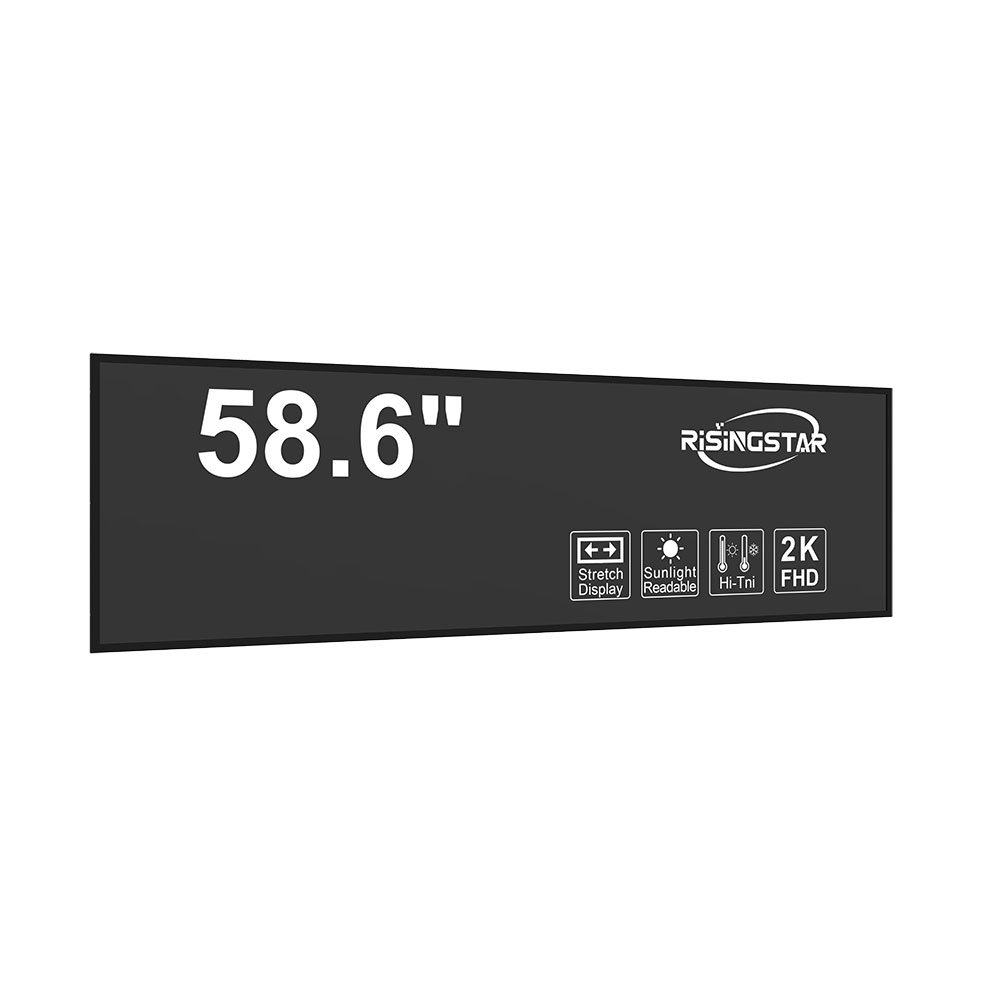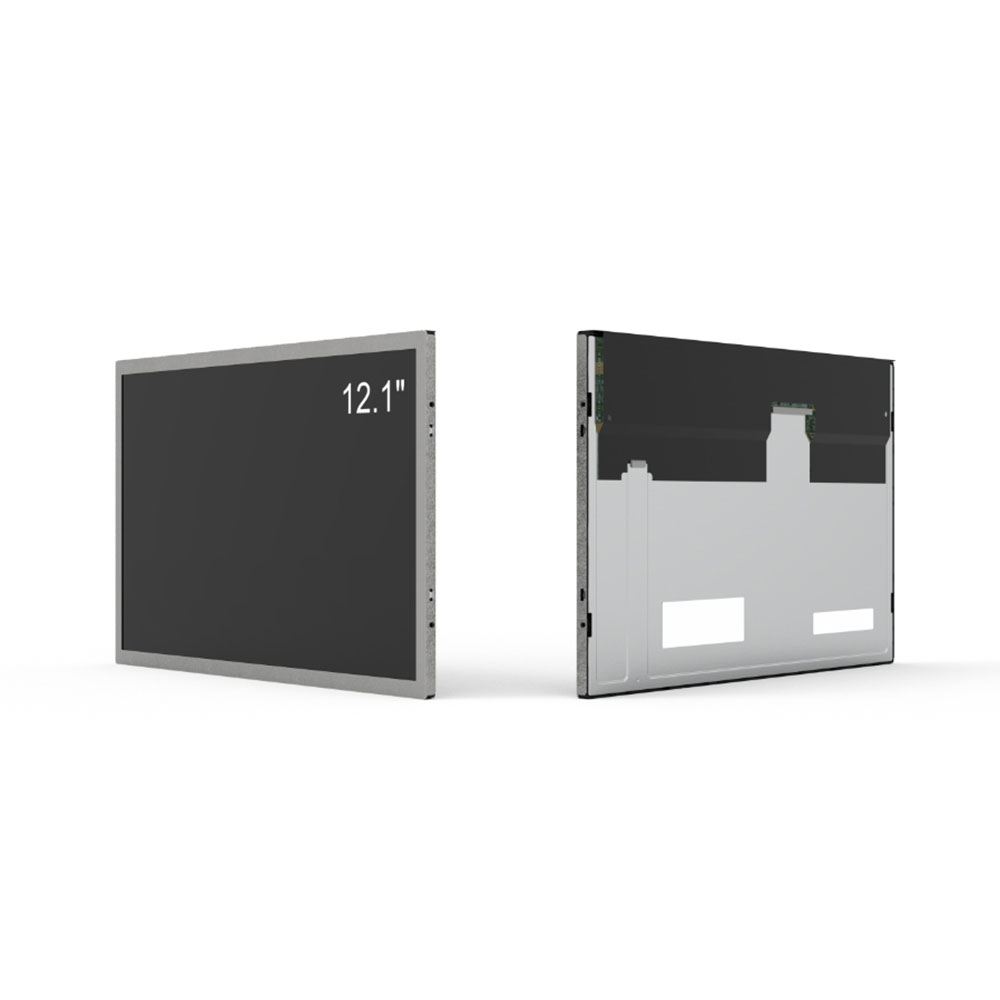- Home
- About Us
- Products
- News
- Video
- Contact
- Send Inquiry
Search
- Home
- About Us
- Products
- News
- Video
- Contact
- Send Inquiry

When selecting an outdoor LCD screen for commercial, industrial, or public information applications, understanding the display ratio is critical—not just for visual clarity but also for compatibility with content, mounting solutions, and environmental resilience. Among the most commonly used ratios in outdoor displays, 4:3 stands out for its versatility and compatibility with legacy systems while still delivering high performance under harsh conditions.
A 4:3 aspect ratio means that for every 4 units of width, there are 3 units of height—a format widely adopted in early computer monitors and analog TV broadcasting. This proportion remains highly relevant in modern outdoor LCDs because it aligns well with many video sources (like security camera feeds, older broadcast content, and some digital signage platforms), ensuring minimal image stretching or black bars when content is displayed. For instance, a 15-inch outdoor LCD with a 4:3 ratio typically offers 1024x768 resolution, making it ideal for kiosks, traffic signs, or point-of-sale systems where clarity and simplicity matter more than ultra-wide visuals.
Similarly, a 17-inch model in 4:3 configuration delivers 1280x1024 resolution—perfect for indoor-outdoor hybrid environments such as retail store windows, bus stop information panels, or museum exhibits. Its larger size increases visibility from greater distances without sacrificing vertical space for text-heavy content like schedules, menus, or real-time data dashboards. Meanwhile, a 19-inch 4:3 outdoor LCD provides 1440x1080 resolution, offering enhanced detail and brightness—ideal for high-traffic urban locations such as subway stations, event venues, or emergency communication systems.

From an engineering standpoint, all three sizes benefit from industry-standard brightness levels of at least 5,000 nits, anti-glare coatings, IP65-rated weatherproof enclosures, and wide operating temperature ranges (-20°C to +60°C). These features ensure consistent performance even under direct sunlight or heavy rain—key for reliable outdoor operations. According to the Society for Information Display (SID), 4:3 screens remain the preferred choice for fixed-location outdoor signage due to their proven reliability and lower maintenance costs compared to newer 16:9 or 21:9 models.
Moreover, manufacturers like LG, Sharp, and Samsung have optimized their outdoor LCD production lines specifically for 4:3 formats in these screen sizes, reflecting sustained demand from sectors including transportation, healthcare, and hospitality. Case studies from cities like Singapore and Amsterdam show improved user engagement when 4:3 displays are used in public spaces—thanks to better legibility and reduced eye strain under varying lighting conditions.
In summary, whether you're deploying a compact 15-inch unit for a handheld device interface or a robust 19-inch screen for permanent installation, choosing a 4:3 aspect ratio ensures compatibility, durability, and cost-effectiveness in demanding outdoor environments. Always verify panel type (e.g., IPS for wide viewing angles), brightness specs, and environmental certifications before finalizing your selection.
